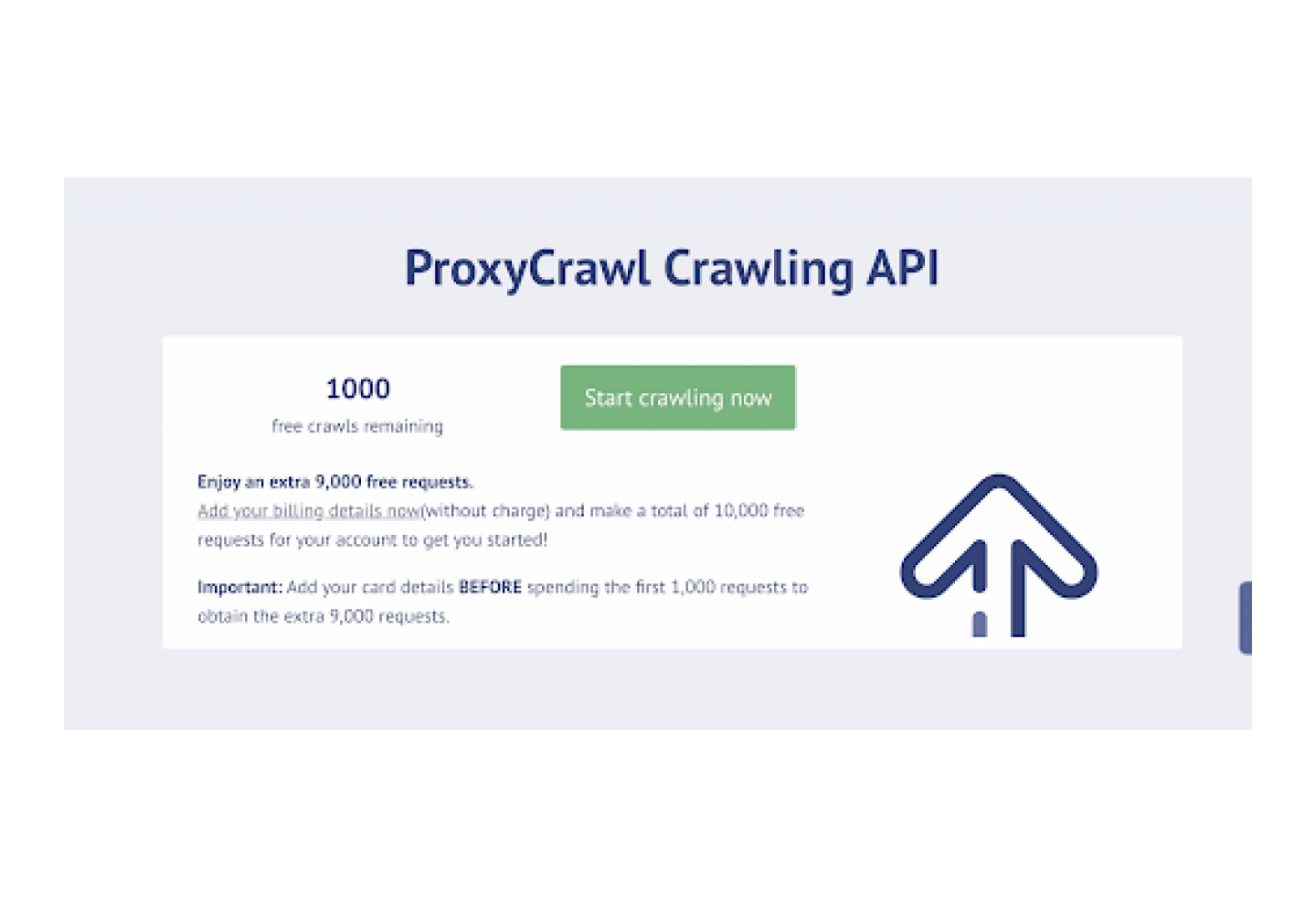Using publicly available data in your marketing strategy

This is a guest post from Ali Tahir, Marketing Lead at ProxyCrawl.
Data mining is the process of finding patterns within data sets. It's an important tool for marketing strategists because with it public data can be used to learn more about your target market, how to reach them, and in turn help you promote products or services more effectively.
In this blog post, we will discuss how to get started with data mining, how it can help inform your marketing strategy, and how it has evolved in the internet age with tools that allow us to scrape and crawl publicly available data.

Getting started
To get started with data mining, you will need to understand what information is available and how to use it. For example, you can use platforms such as ProxyCrawl that allow users to scrape and crawl publicly available data.
Take advantage of existing publicly accessible data sets and let them do some work for you. It’s what they are available for and there is a wealth of data accessible to businesses online. There are numerous sources of data that will work well with data scrapers, such as:
- Publicly accessible APIs (data provided by third parties)
- Websites
- Social media platforms
- Marketing analytics tools
- eCommerce platforms
Here are some of the ways marketers can find data sources online and how they may be used to ramp up the marketing strategy:
- Google a list of data sources you might be interested in using, and there are numerous websites and blogs on the subject with comprehensive lists.
- Think about what data could provide insights to inform your marketing strategy or business operations, then search for this information online.
- Try using programs that will walk through the process of generating code that scrapes data from any website so that data is available in a structured format.
Remember, the data you find might not be 100% accurate but it does give you a place to start. Some sources may even have information on past trends, which can help marketers make informed decisions about future campaigns or business growth opportunities.
Why use data scraping for marketing?
1. It's relatively low cost and very efficient: Data scraping involves creating a data extraction program that crawls pages on the Internet and stores data. It is faster and more efficient than manual data collection methods. Data scraping can also be used to collect data from multiple sources simultaneously.
2. There is an almost unlimited supply of data: Modern website content management systems generate vast numbers of web pages dynamically with user-provided information such as search queries, review ratings, geographic location, and activity history. As a result, many caches of potentially valuable business data are virtually inaccessible to data mining applications. Therefore, data scraping can be one of the easiest and most cost-effective ways to access a data supply that would otherwise remain untapped.
3. It's useful for data analysis: Data scraping doesn’t require any coding experience. Scrapers can be easily created by business analysts with little technical knowledge within a short time frame.
4. There are fewer legal barriers: Scraping data from public sources rather than private websites or company databases has fewer barriers because the data is already accessible.
5. It's beneficial for offline purposes: Data scrapers can also be used as valuable marketing intelligence tools at any stage of the business cycle. These can be businesses looking to expand their geographical reach or target new markets outside their usual set of customers.
6. The value of their data increases over time: Content management systems are constantly evolving and rewriting existing web pages to improve the user experience or change content formats for different devices. As these systems get upgraded, it is relatively common for older versions of web pages to become inaccessible, reducing the amount of data available from particular sources quickly and without warning. A data scraping program that stores data in a database can collect data from websites or apps that will eventually change and render the data unavailable.
How to use data scraping for marketing
Here are some common uses of the insights and data collected through scraping:
1. Target local markets: Data collected from public sources such as Google Analytics, Facebook Insights, Twitter trends, etc., enable businesses to analyze the performance of their products and services in nearly any location across the world. This information can be used to determine which regions are worth pursuing, which markets show the most promise for future revenue growth, and even how to better target different demographics.
2. Use data scraping to create detailed profiles of customers: Information collected from data scrapers used in conjunction with data mining software can allow companies to better understand their customer base by creating detailed profiles containing information such as purchasing patterns, average price points, etc. This data can then be used as a valuable tool to more effectively promote and sell products and services to existing clients - while preventing data scrapers from collecting any sensitive or personally identifiable information (PII).
3. Improve business efficiency: Data scrapers also allow businesses to make data-driven decisions and remain ahead of the competition by utilizing data analytics to improve business performance. By collecting data from various sources using data scrapers, businesses can analyze their data for trends and patterns that might otherwise go unnoticed. This data can then be used to identify opportunities such as product enhancements or new products that would appeal to a targeted demographic.
4. Improve operational efficiency: Data scraping provides companies with valuable insight into what competitors are doing and how customers interact with their sites and apps. For example, which marketing strategies work best for a given company, which content is most popular among clients, or where customers tend to navigate within a website. This data can then help improve marketing campaigns and develop content that appeals to customers.
How publicly available data has been used for business development
As online platforms continue to grow in popularity and usage, data scraping has become an increasingly helpful tool that allows businesses to effectively monitor and understand what customers are doing on these platforms (social media monitoring). Companies can then use this information to inform marketing strategies etc.
Data scraping software has also been used to help identify data structures within the data. This means that scrapers can retrieve data that was not previously made available by API providers.
By now, we hope you have a basic understanding of data mining and how tools such as ProxyCrawl can help you collect publicly accessible data sets before getting started with your online marketing efforts.



